The Medieval Knight Sword (#1306)
Medieval Knight Sword
1275-1340 AD, Type XIV blade.
Royal Armouries, Leeds.
The Medieval Knight Sword is a beautifully crafted and engineered medieval weapon. Exceptionally designed to deliver both cut and thrust, it is very well balanced, light and responsive. Beautifully constructed from 5160 High Carbon Steel and Dual Tempered for both cutting and thrust combat, the medieval knight sword is not only one of our all time best selling swords, it is also among our staff’s top 5 favorite pieces. Based on originals at the Royal Armories and the Wallace Collection, the Darksword Armory Medieval Knight Sword is one of our flagship designs.
More information on the Medieval Knight Sword and the history of the world in which it originated can be found below.
USD600.00 – USD755.00
Medieval Knight Sword
1275-1340 AD, Type XIV blade.
Royal Armouries, Leeds.
“The ceremonial knighting of the squire was sometimes no more than the simple girding on of the sword followed by the accolade, which sufficed to make him a knight of the sword. But more often it was the richly symbolic ceremony developed by the Church, which was tantamount to a sacrament of ordination into the status of knighthood. For the true knight had a vocation no less genuine and in its own degree no less divine than the true priest’s or the true monk’s.” – from Thompson & Johnson (1937) An Introduction to Medieval Europe (300-1500), p. 324.
Knights, knighthood, and the medieval concept of chivalry have been a source of romantic and martial fascination for centuries. From classical literature to Hollywood films and television, knights have been frequent characters of note, capturing generations of imagination. While the fictional versions of these historical figures have departed somewhat from reality (as do all historically-inspired characters), the truth behind the fiction is still fascinating – and in some ways, worthy of the legends it inspired.
Knighthood, as a vocation, was a natural product of the feudal system. As feudalism – a system in which vassals or serfs worked land owned by others in exchange for homes, protection, and a percentage of the crops they grew – developed in post-9th century Europe, the roles taken on by the
landowners developed as well. Nobles and feudal landowners became increasingly entrenched as generational rulers as land, title, and office were passed from parent to child. As a result networks of these noble families developed elaborate systems of honor, fidelity, and privilege, including access to the best horses, armor, and weapons. The system that evolved to train youth nobles to fight astride horse, rule his lesser men, and bind them to the noble virtues to which he was born became as the years went on the overlapping rules of knighthood and chivalry. The very word “chivalry,” in fact, comes from the same Latin root as “cavalry” – which makes sense given the mounted knight being the main focus of the chivalric code.
Originating in Germany, the knighthood ceremony spread across Europe and was quickly adopted by the church as a means of educating and influencing those nobles born to a life of wealth and privilege. The ceremony often began after years of being a squire to a landed knight, learning the virtues and the practical skills of a knight. The candidate was given a ritual bath, clothed in a white tunic (to remind him of his purity) and a scarlet robe (to remind him of his duty to shed his blood for the Church), and instructed to fast for 24 hours. Laying his sword and armor upon the alter, he would spend the night in the church in prayer, after which the priest would lead him in Mass. Laying the knight’s bared sword blade on the church alter the priest blessed it, took the knight’s vows, and girded the sword about him before he departed the church. For the sword was the knight’s most treasured possession, a symbol of his honor.
Early medieval sword combat was primarily oriented around cutting with a double-edged sword; however, as full plated armor was developed as
complex defensive wear for the aristocratic military elite, swords too had to be improved to counter this ever evolving defense. Unlike the sluggish and belated fighting that characterize modern misconceptions of medieval combat, the Medieval Knight sword was a well balanced and deadly weapon innate with exceptional handling characteristics. While the impressive cutting abilities alone made this sword a deadly weapon in its own right, the deep-seated taper allows the user to deliver assertive thrusts as well, making this an incredibly versatile weapon
The Medieval Knight sword reflects the design and taste of the late medieval period. The double-edged blade is constructed from 5160 steel, has a deep, narrow fuller, and a robust tang. The detailed handle and clean fluid artistic lines of the curved guard indicates the early artistic influences, eventually explored during the Gothic period. This battle ready sword is quick, responsive and allows exceptional mobility in close quarter combat.
Historical knights may not have always lived up to the ideals of chivalry; indeed, it is certain that many did not. Knighthood became for these men simply a symbol of their privilege, and a justification for their actions. Nevertheless, we at Darksword Armory attempt to keep the ideals of chivalry alive in our hearts and work. This sword is our attempt to replicate the best that knighthood could represent – we hope it will be a symbol of truth and virtue in your home.
Blade: 5160 High Carbon Steel. Dual Tempered HRc 60
48-50 at the core
Total length: 39.5″
Blade length: 32″
Blade width at base: 2″
Weight: 3 lbs 2 oz
Customer Feedback about the Knight Medieval Sword:
“Your sword is just arrived. Well packed, without any customs problems. I would like to thank you and congratulate for the great work you performed. The sword is light, well balanced, just perfect for reenactment fights. It is a master piece in our group and many friends are thinking to order the same sword.”
-P. M., Switzerland.
“Holy mother of god. This sword just arrived, and it’s even classier than the images on the website had me expecting! Thank you for such a fantastic example of Darksword’s handiwork and the prompt delivery!”
-Daniel C. Tennessee, USA
”My sword came in the mail today and all I can say is WOW. It is absolutely stunning, the lines are amazing, the balance is spot on.”
-Peter S., Utah, USA
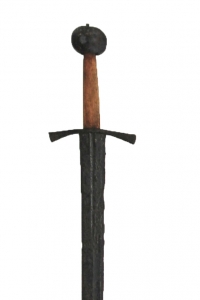
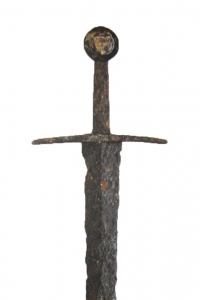
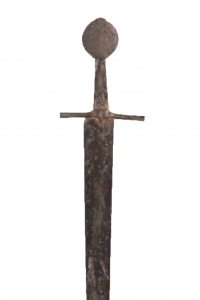
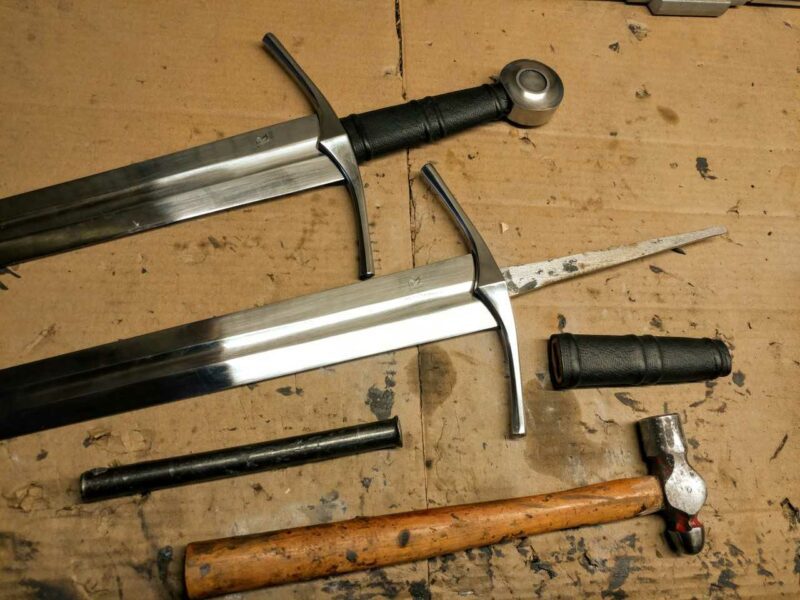
3 reviews for The Medieval Knight Sword (#1306)
Add a review Cancel reply
This site uses Akismet to reduce spam. Learn how your comment data is processed.
Related products
Arming Swords
Fantasy Swords
Medieval Swords
Broadsword
Claymore Swords
Medieval Swords
Medieval Swords
Medieval Swords
Medieval Swords
Medieval Swords
Broadsword
Medieval Swords



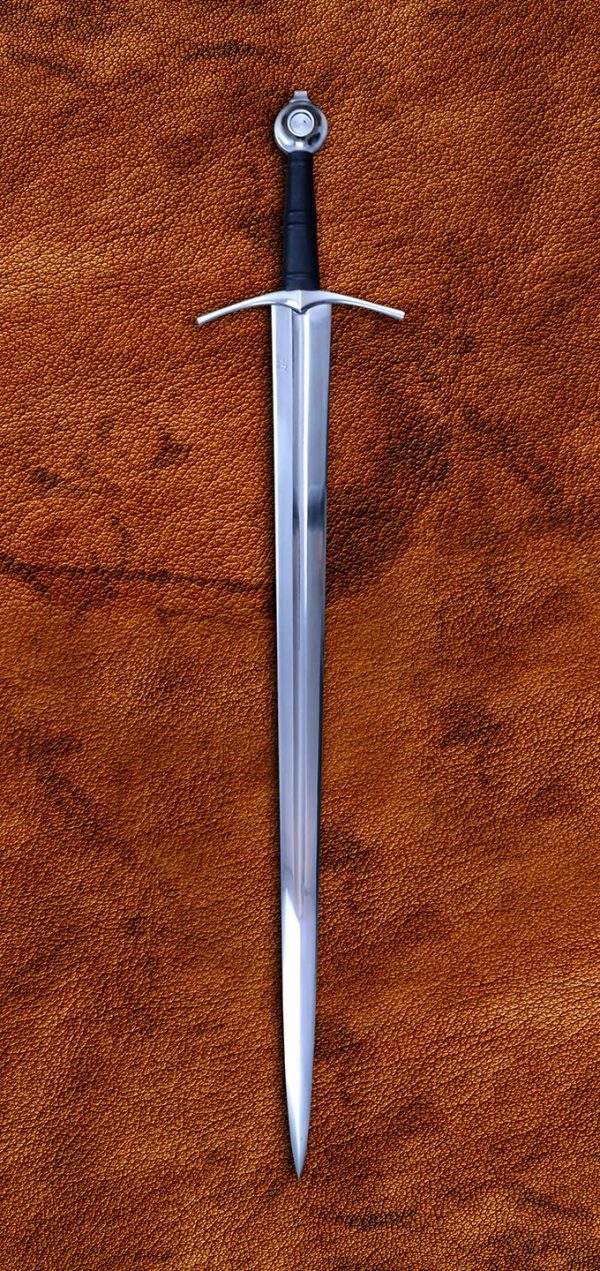
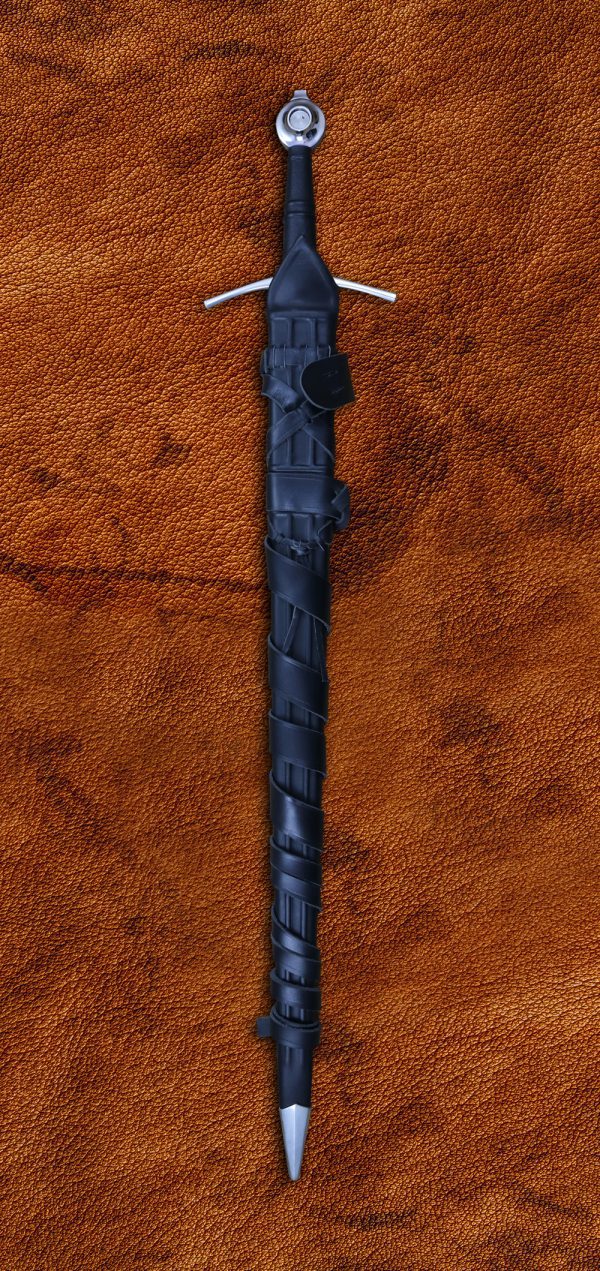
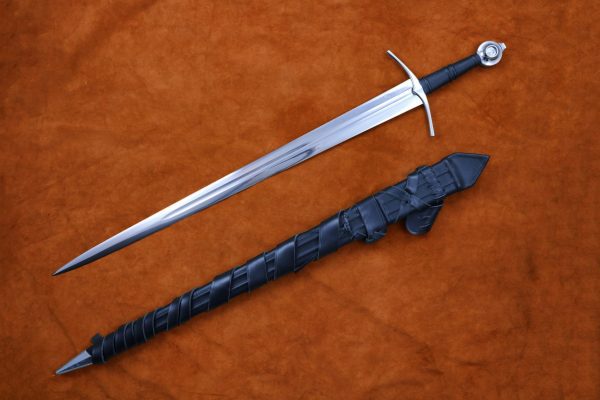
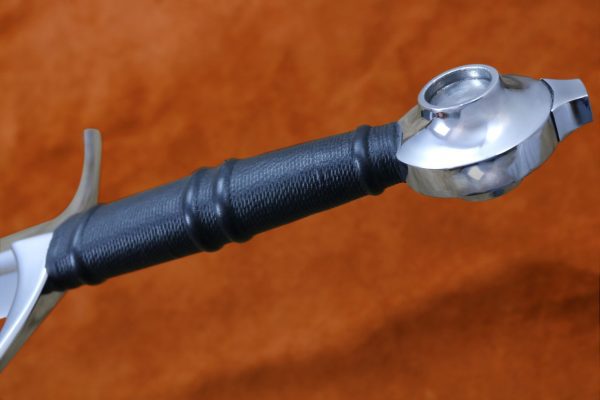
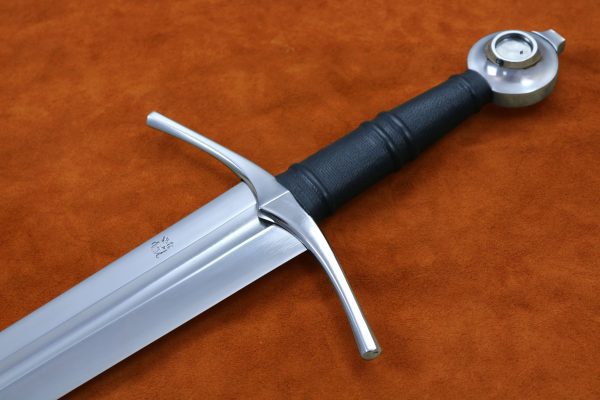
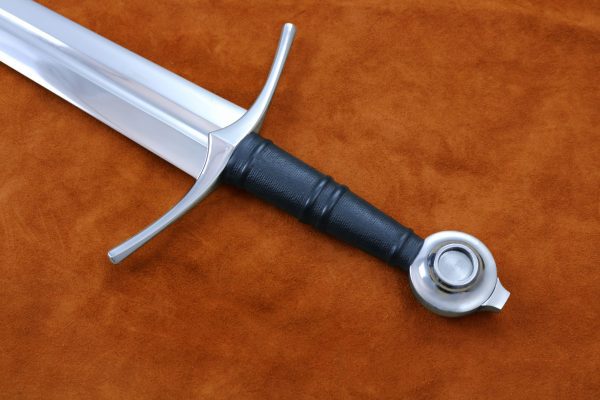
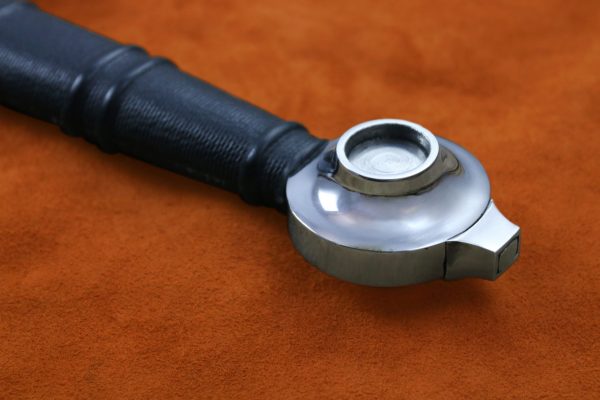
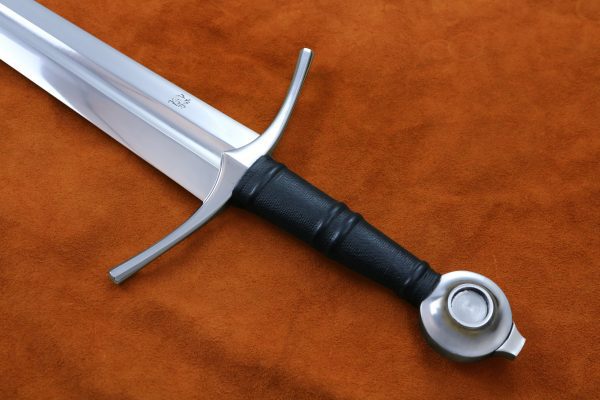
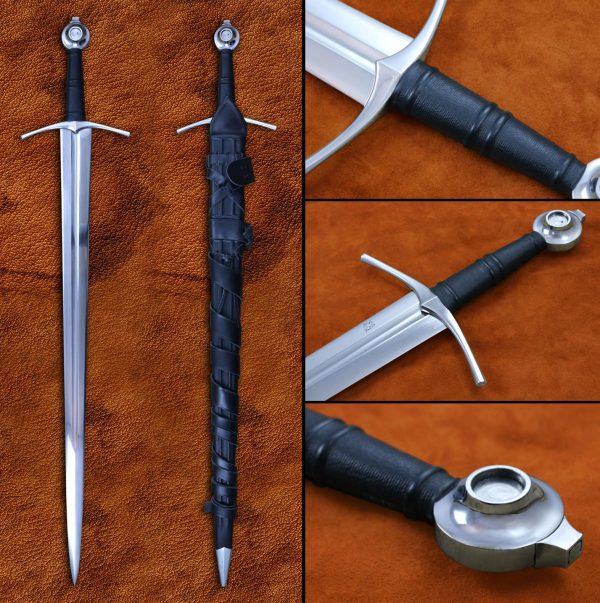
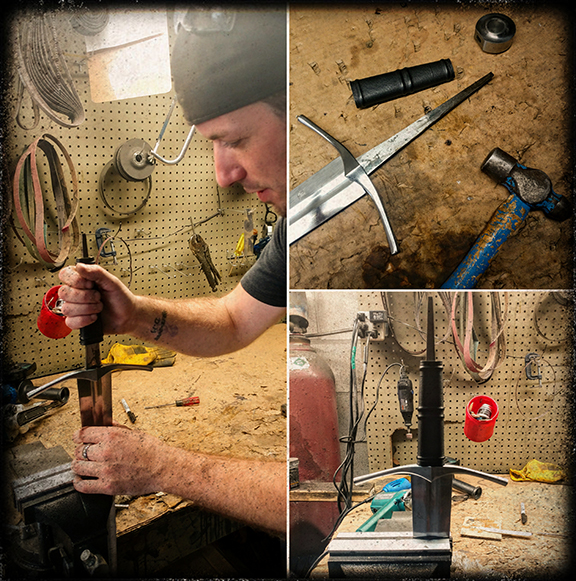
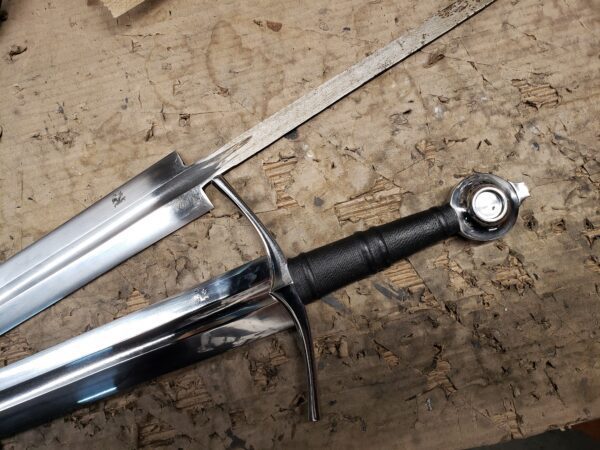
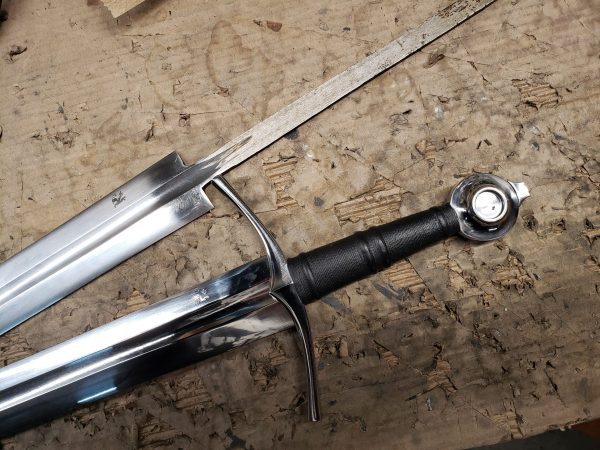
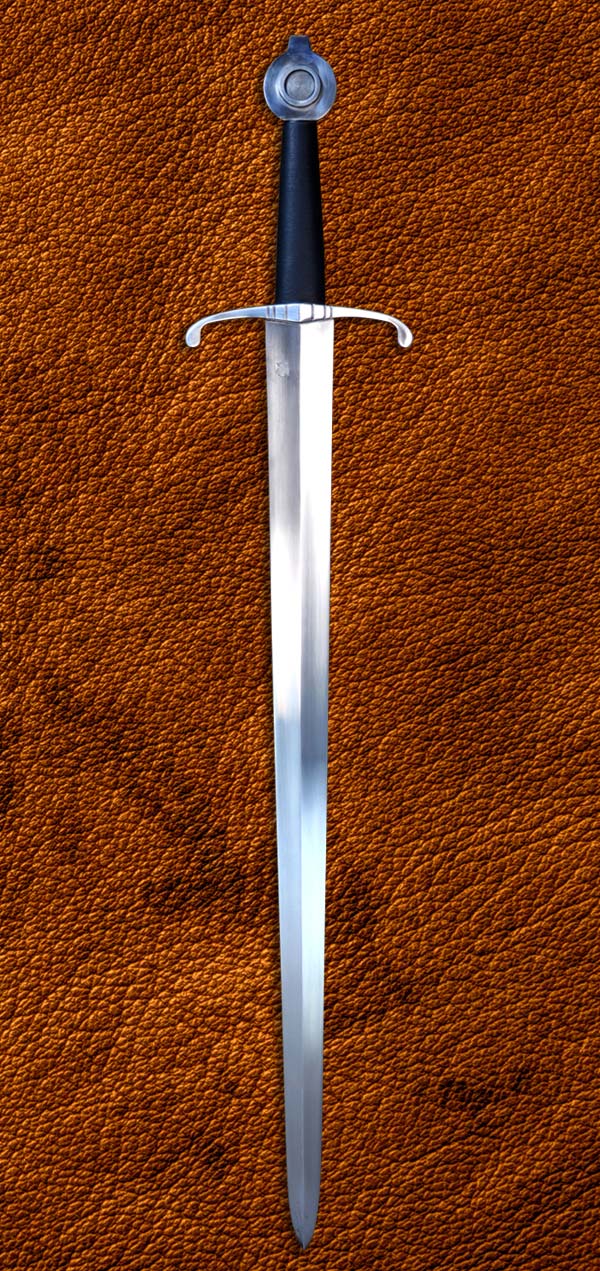
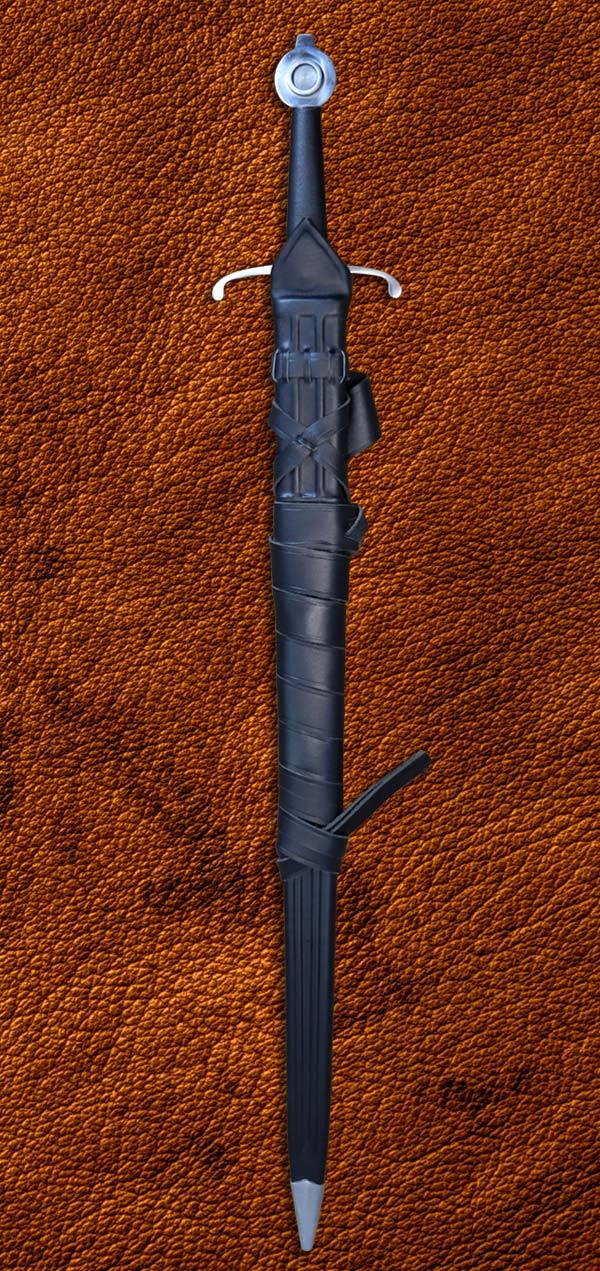
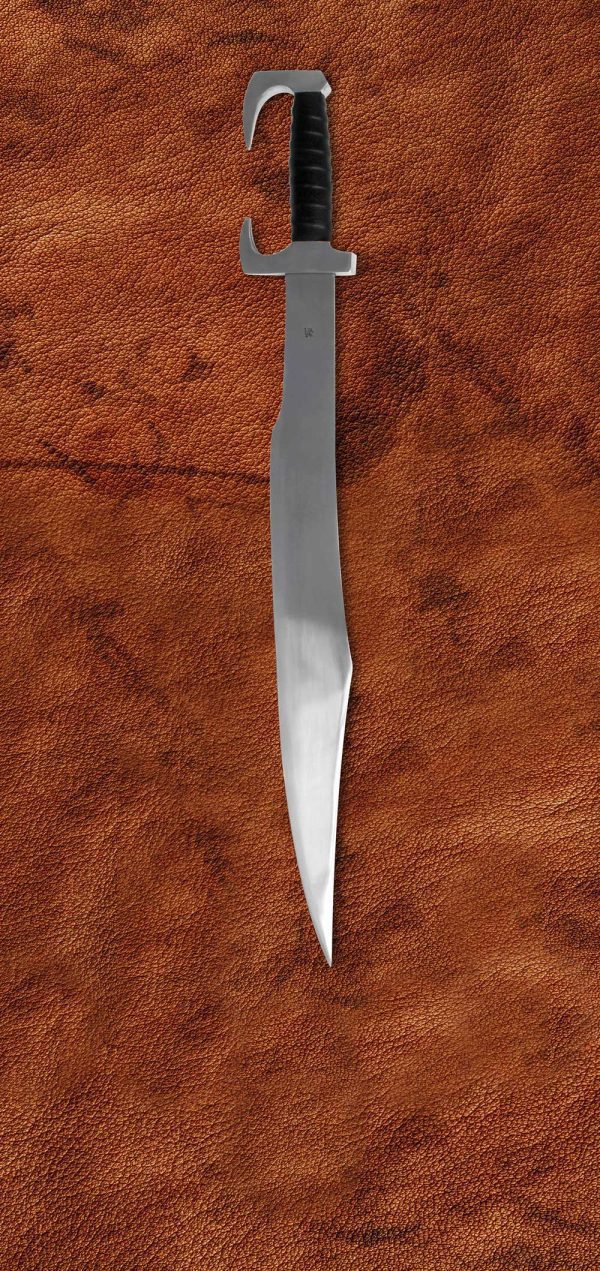
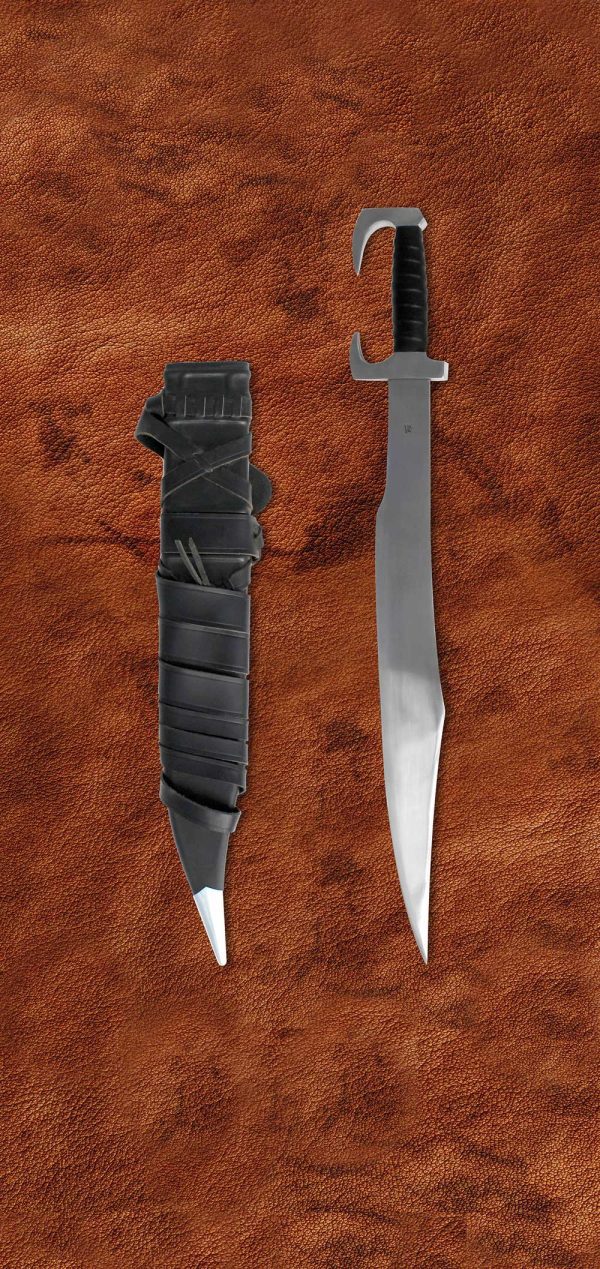
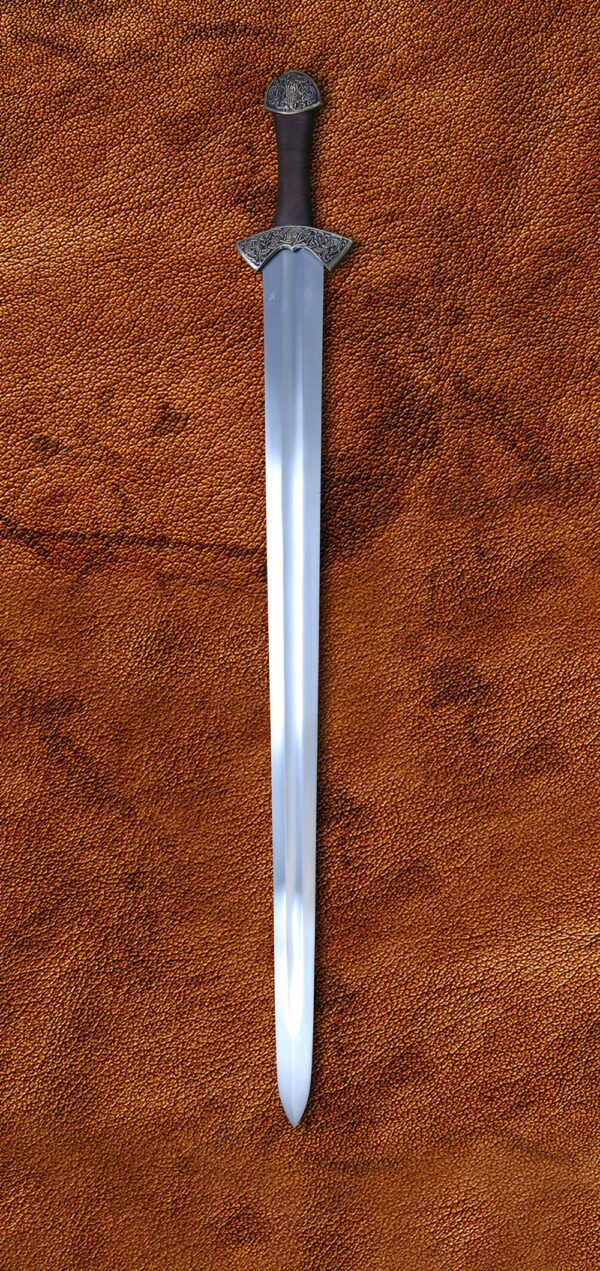
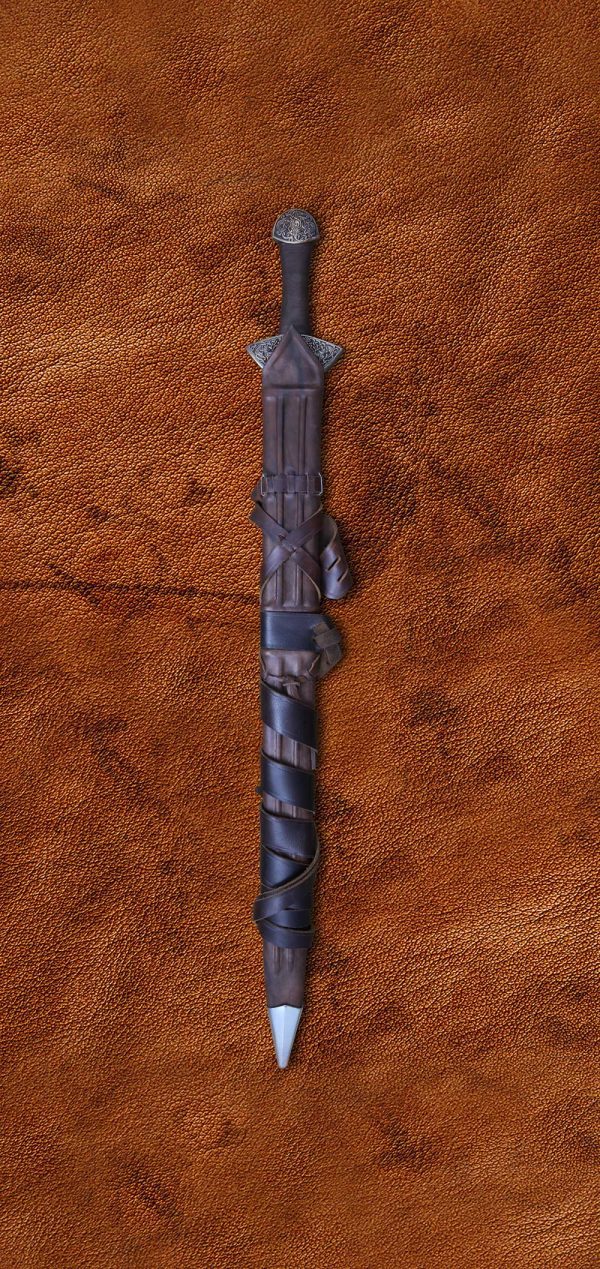
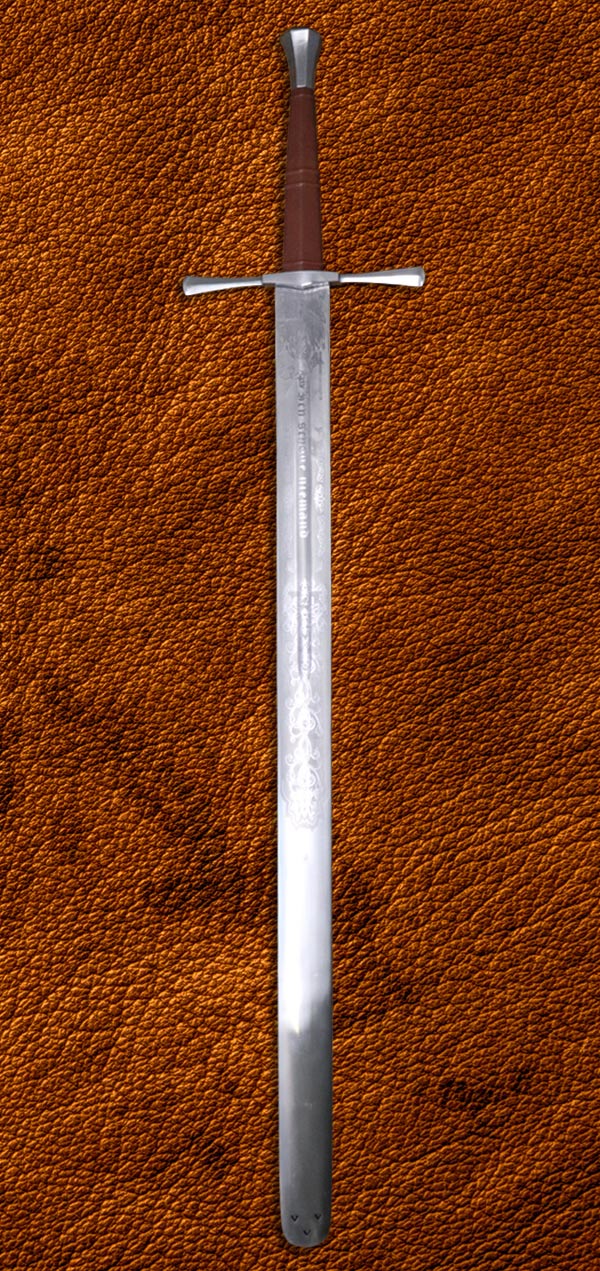
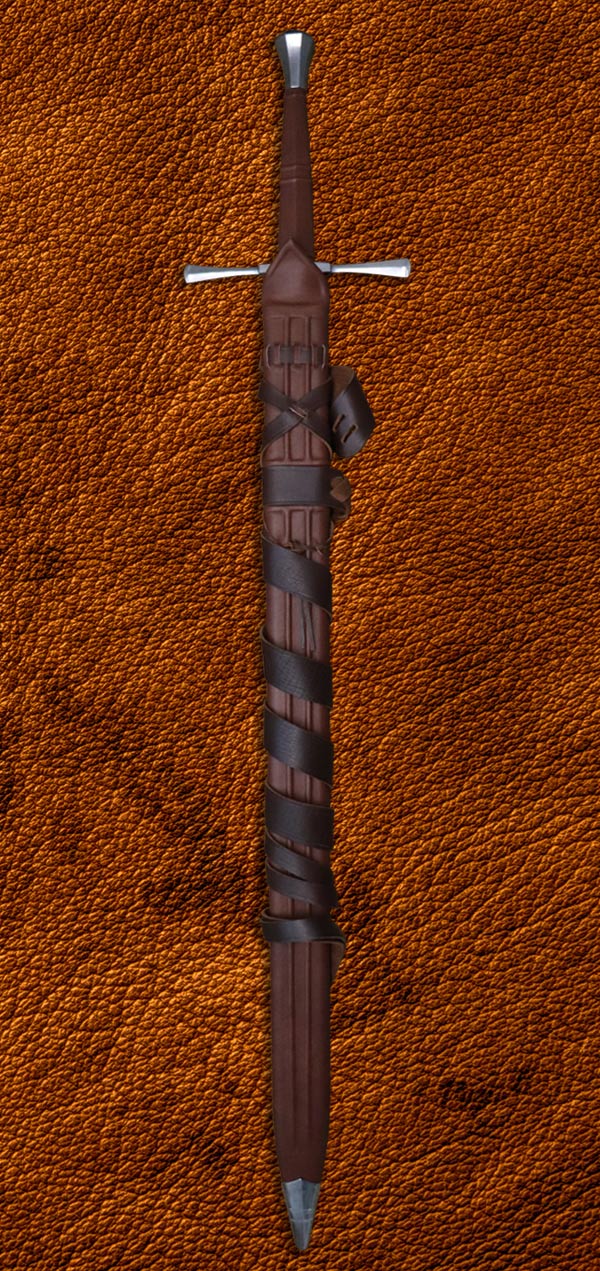
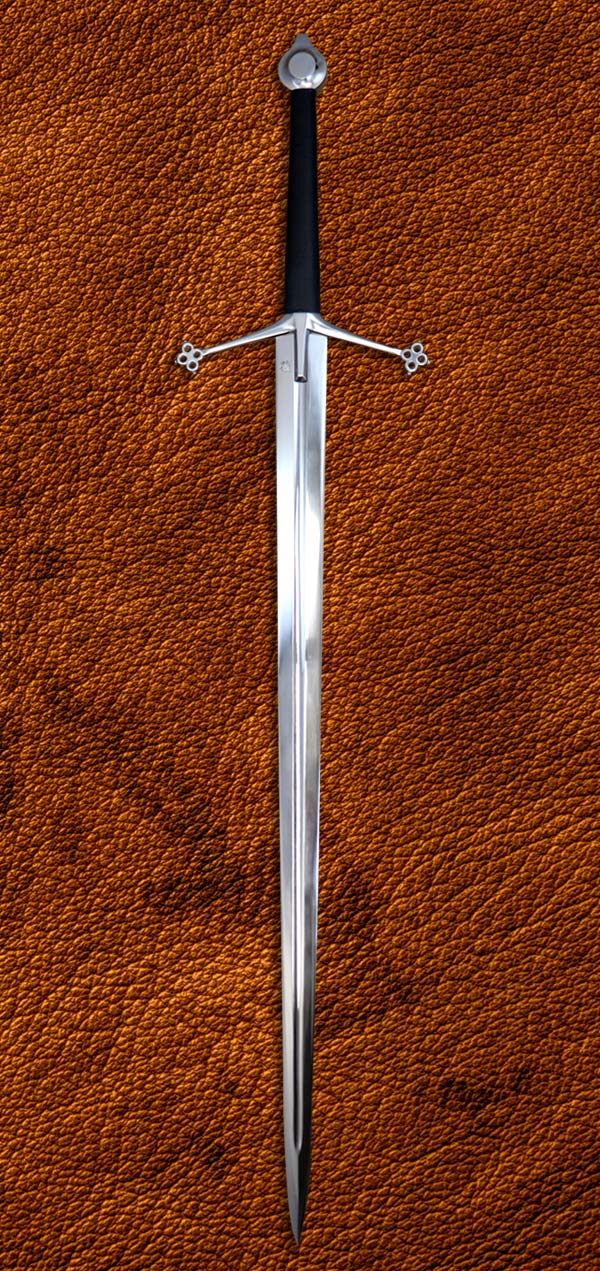
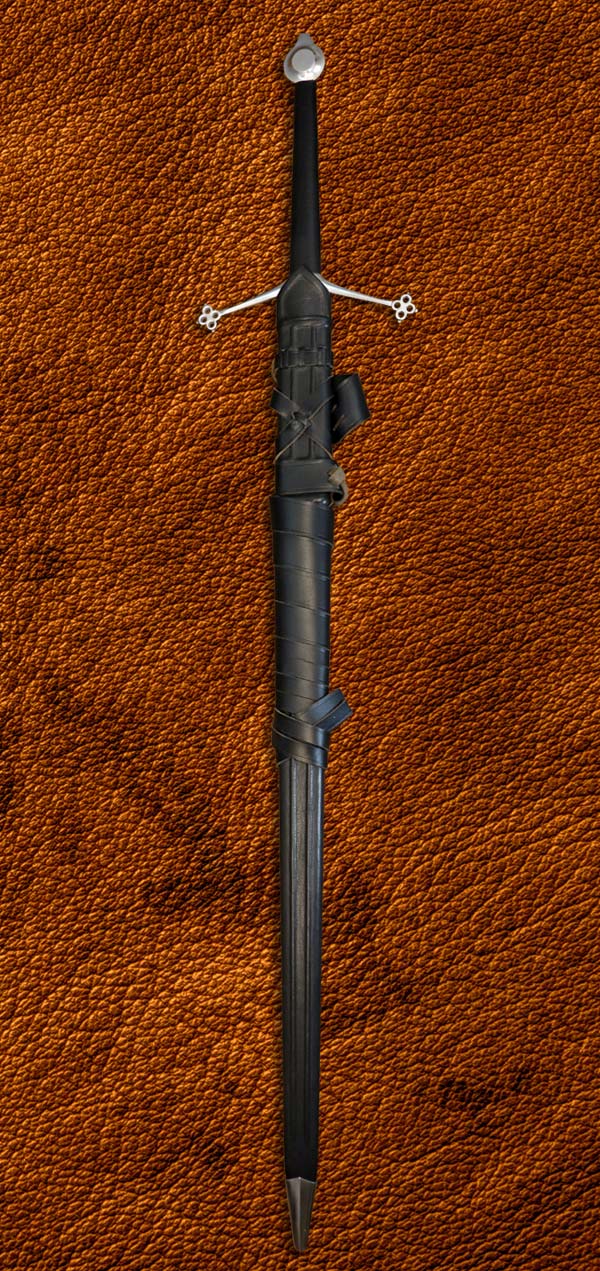
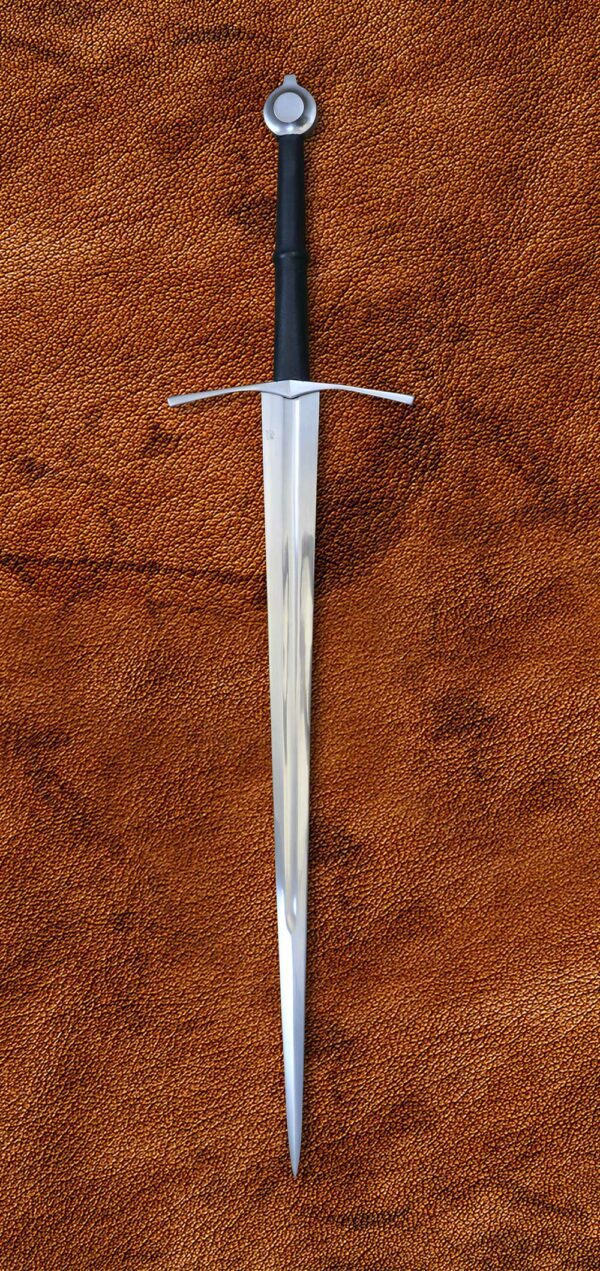
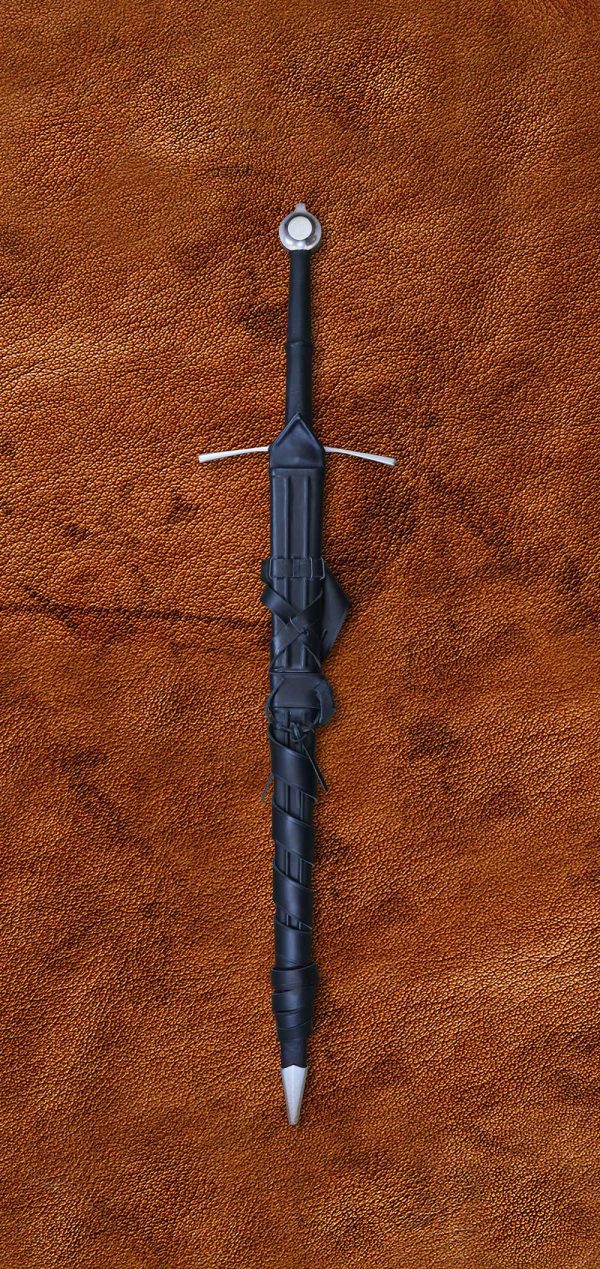
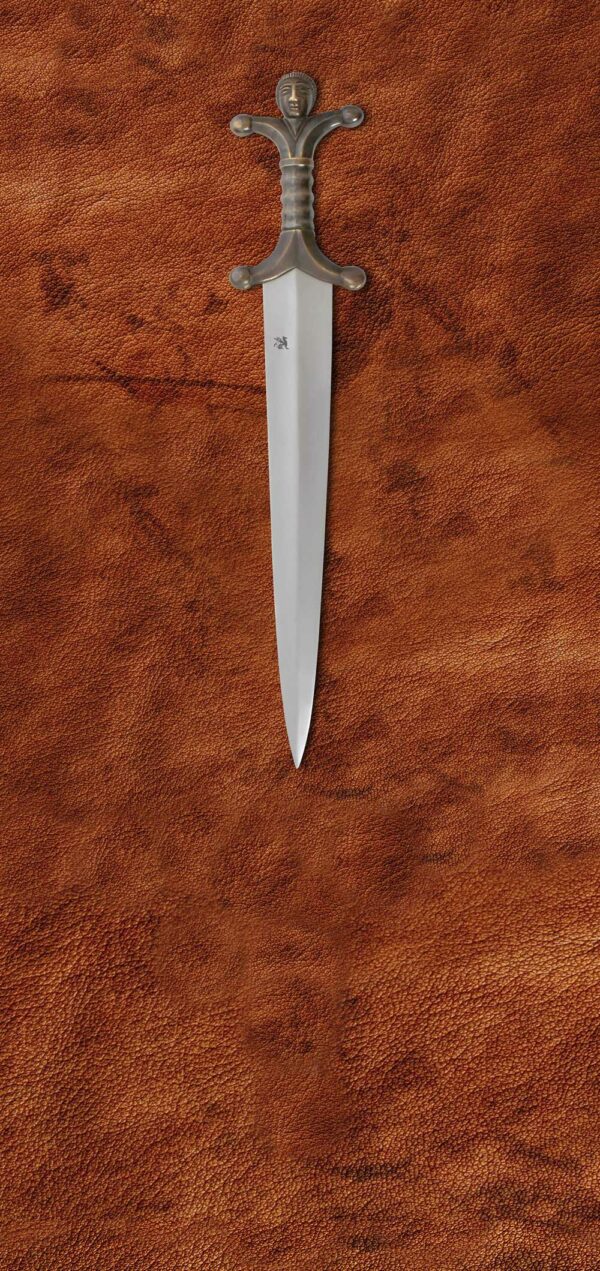
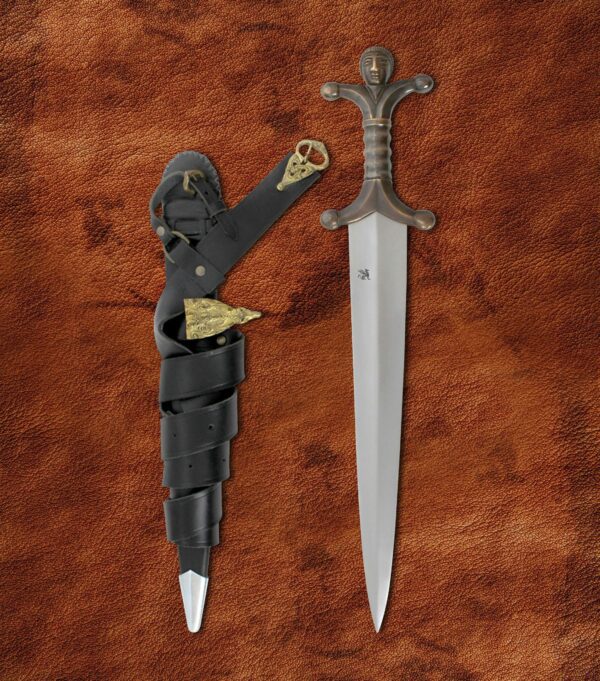
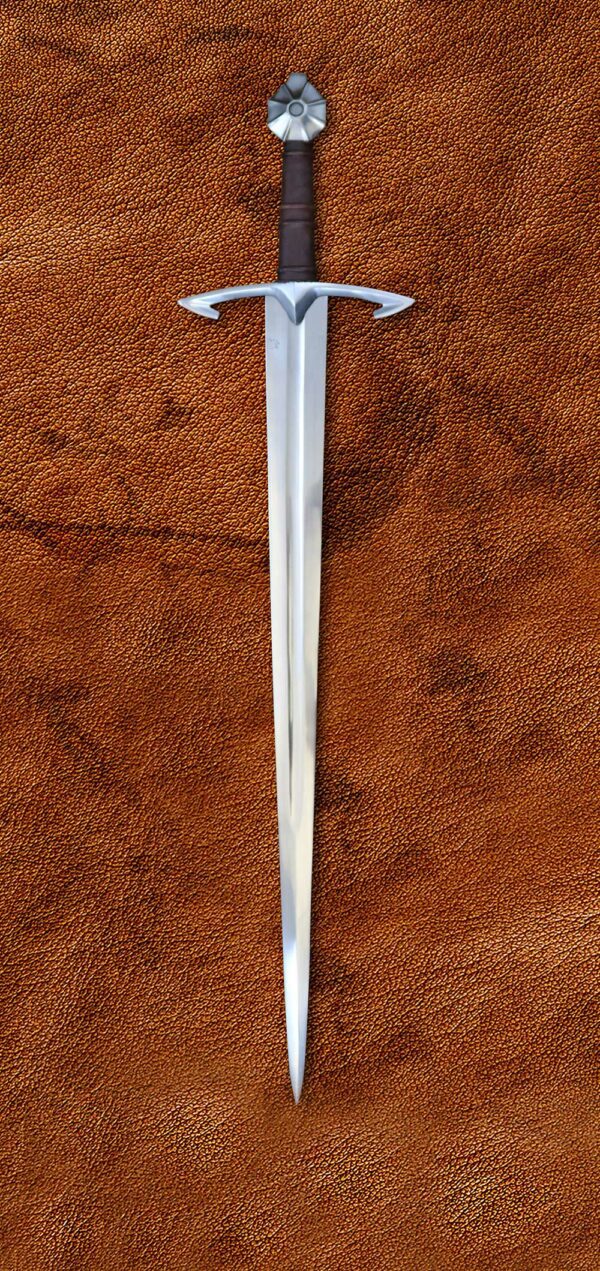
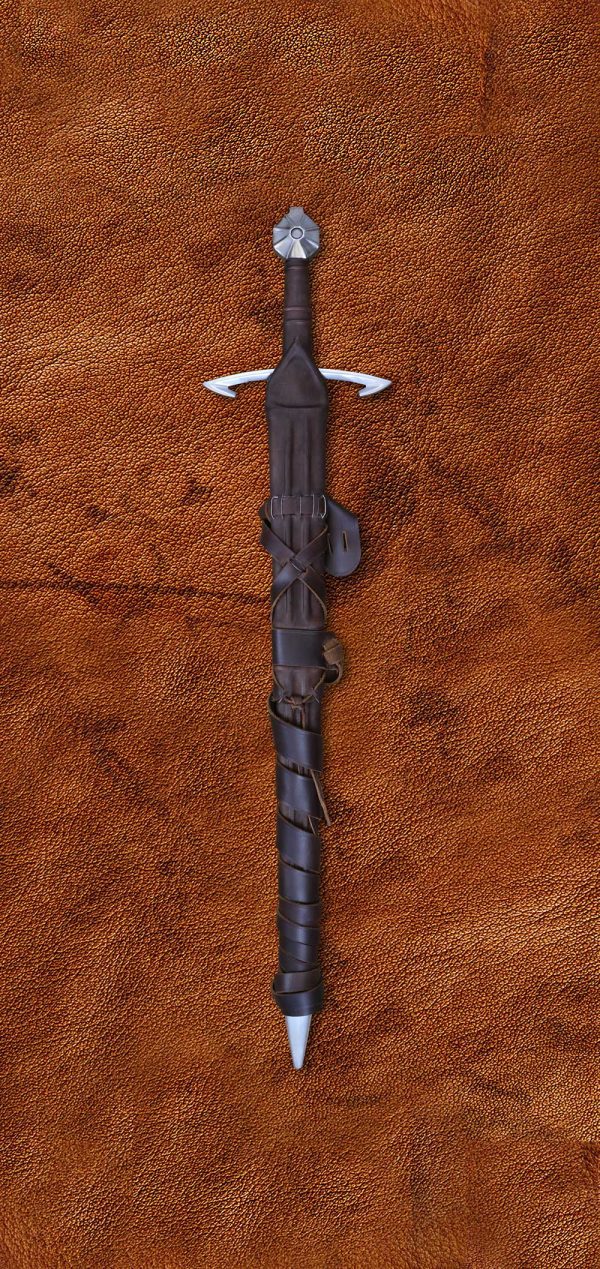
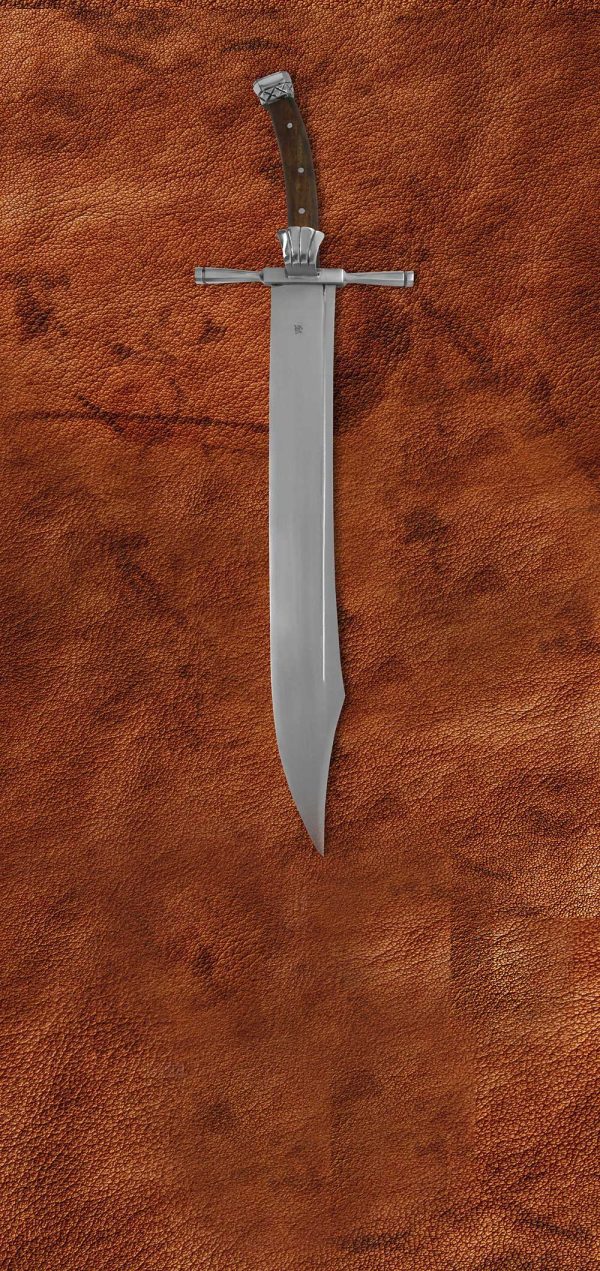
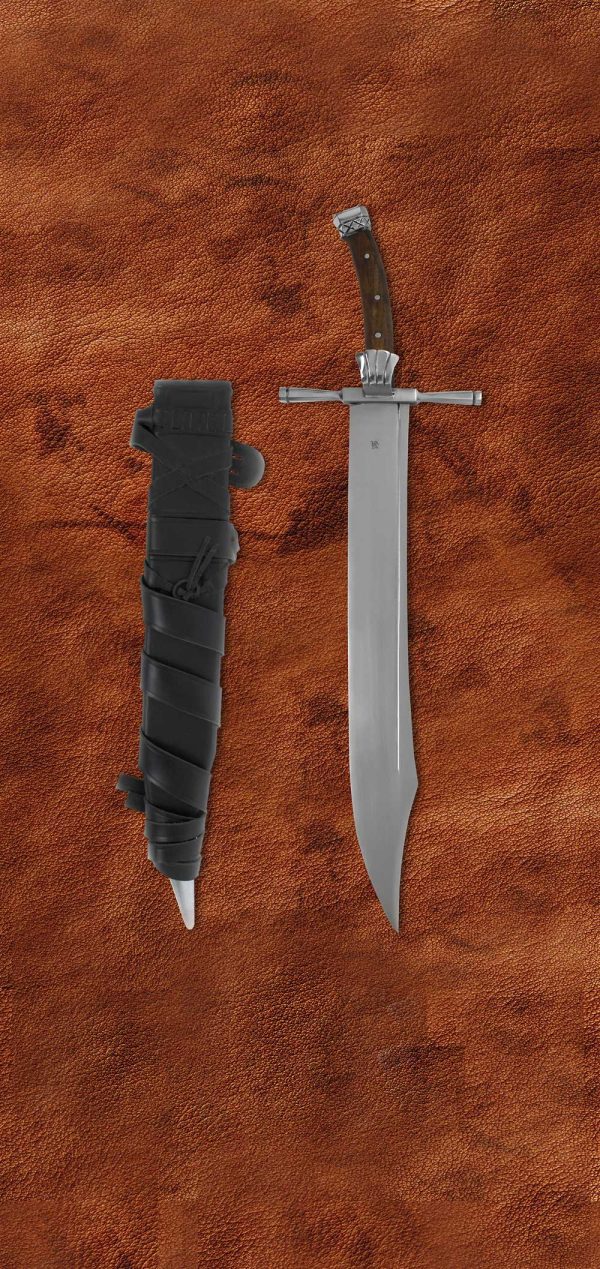
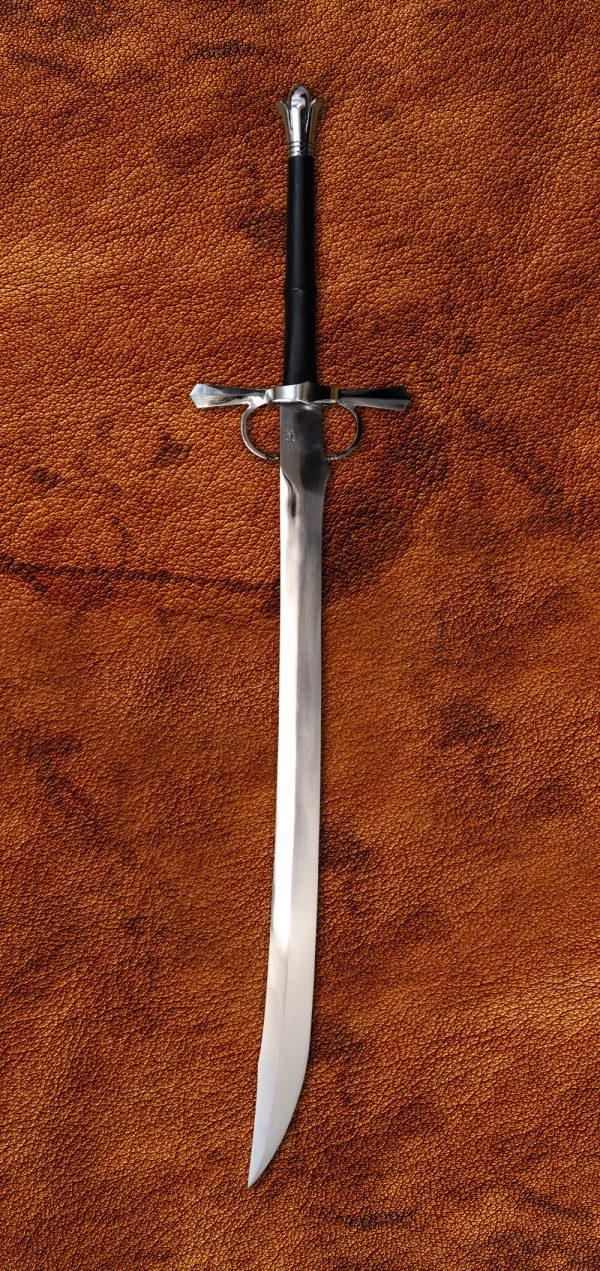
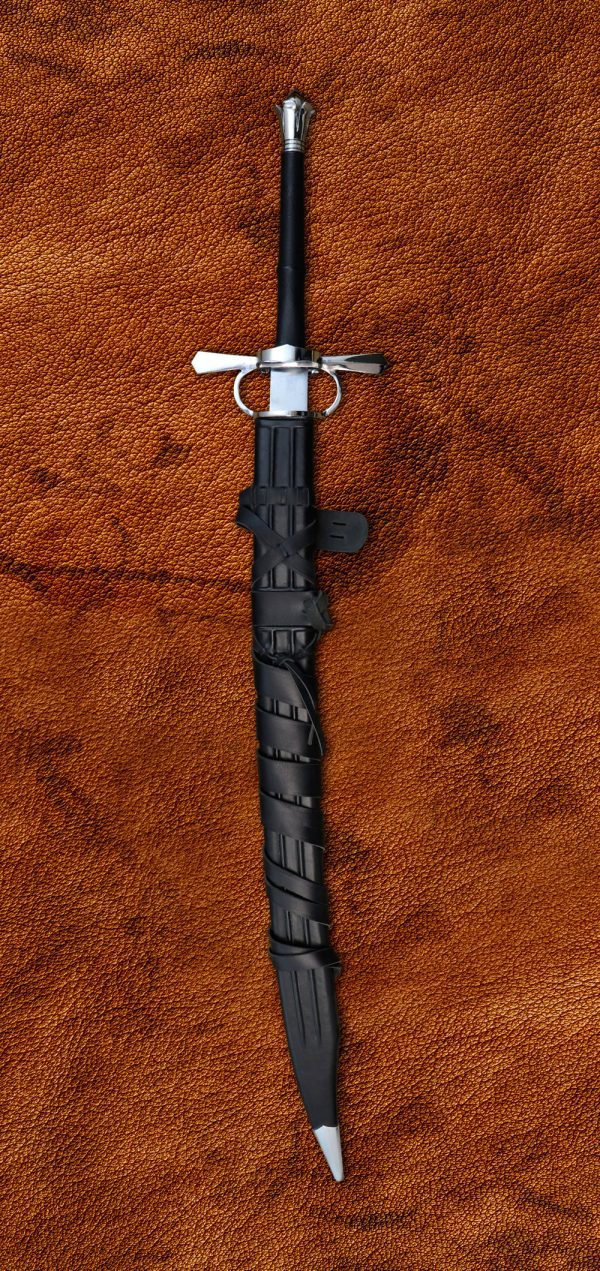
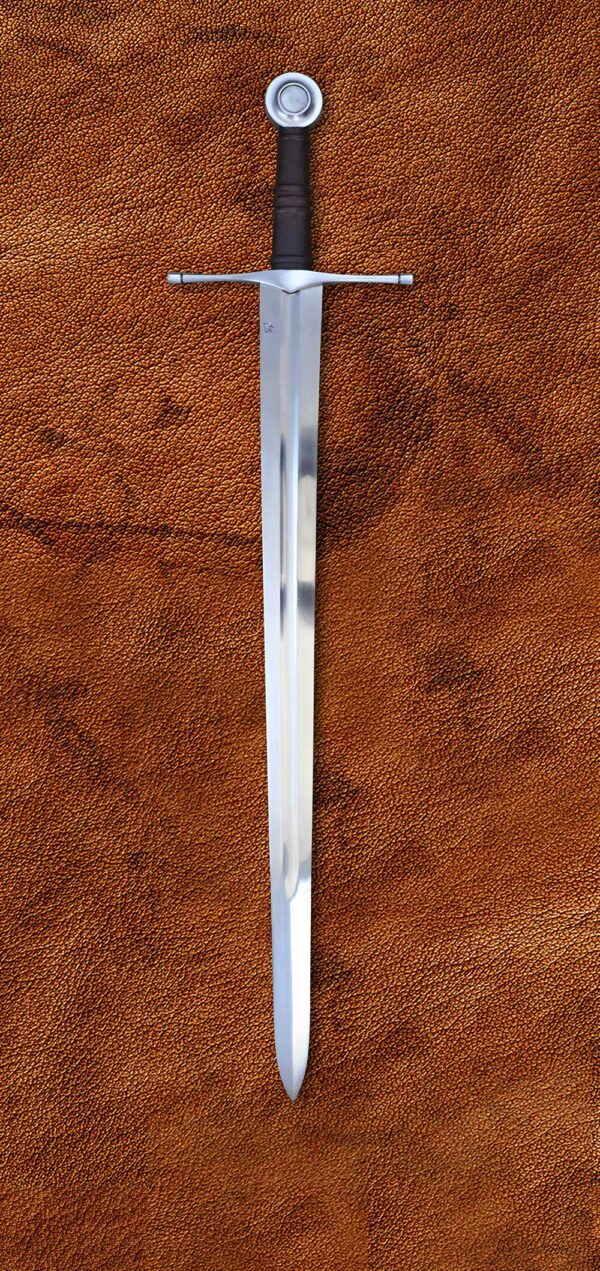
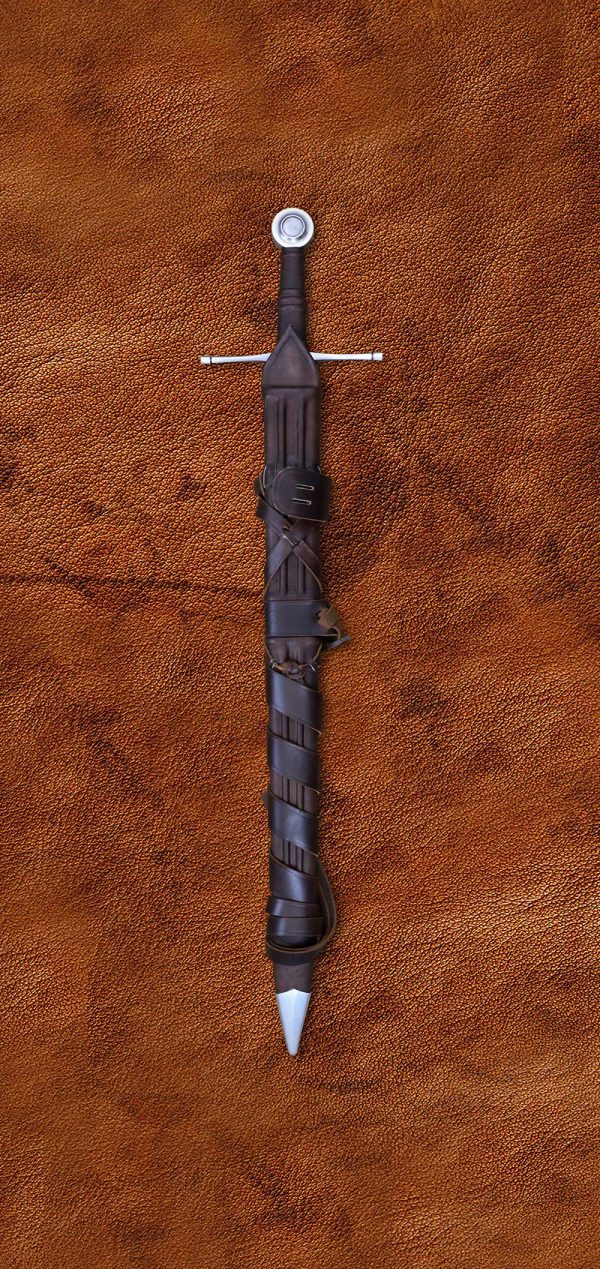
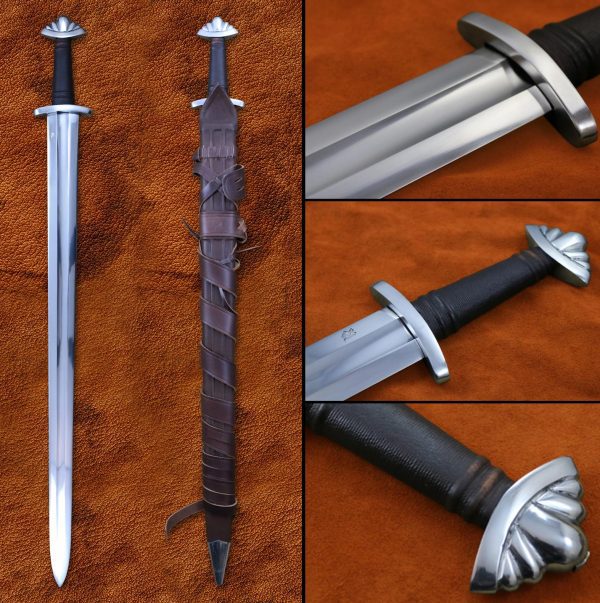
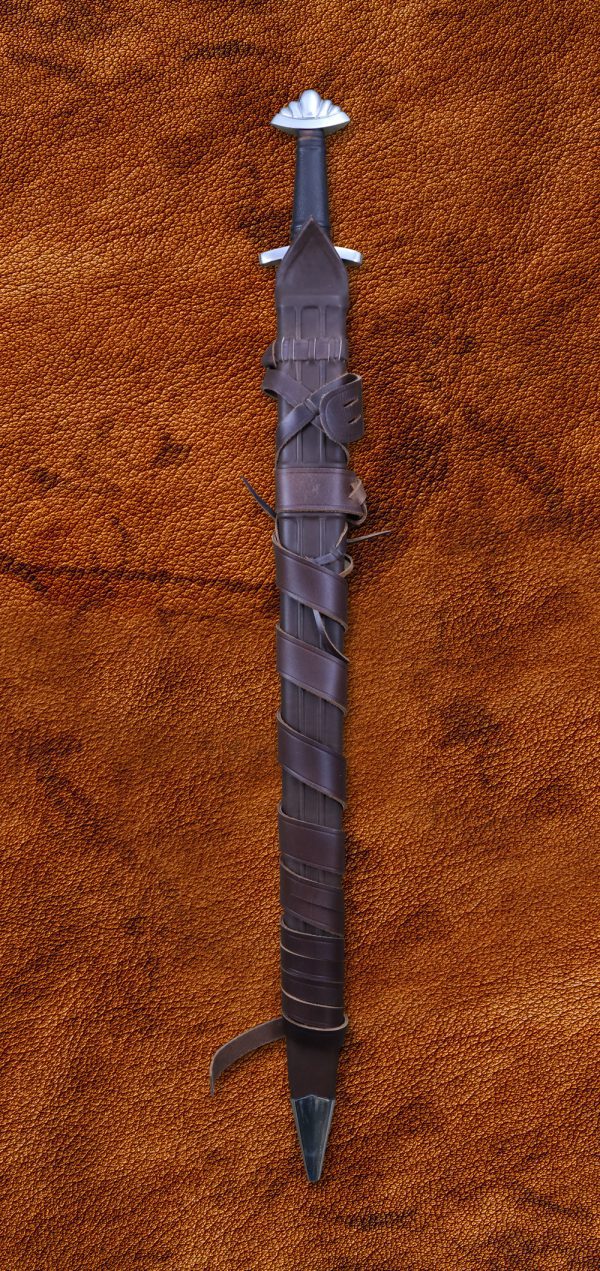
Cole Meitzler (verified owner) –
Just received my sword today and it’s amazing! Quality craftsmanship that one can see and feel. I’ve read many mixed reviews and they all seem to be polarized in one direction or another about DSA, but my first experience with them is amazing and they gave me a great deal for the next sword I order from them! Can’t wait to do business again in the near future.
Edward Vertin –
This sword is completely solid, the craftsmanship is next to none. There is almost no gap between the blade and cross guard, and the peen is both well defined and of substantial size. These swords could easily compete with Albion. There are a few imperfections in the shape of the fittings, but this only indicates that the swords are indeed handmade. The scabbard is very nice looking and sturdy, a stylish storage for the sword, but I personally think the it deserves a better scabbard if one intends to use the it for more then storage. It seems Darksword has evolved into a top of the line bladesmith.
FM (verified owner) –
This is my favorite sword I own. I have 6 other swords. I will say still I have not found a sheath as good ad the one for Sting
makes that beautiful cinematic ring If the blade when you draw it from it’s sheath.
So light, comfortable, and strong. It’s very well made. Still would like that sucker sharper though